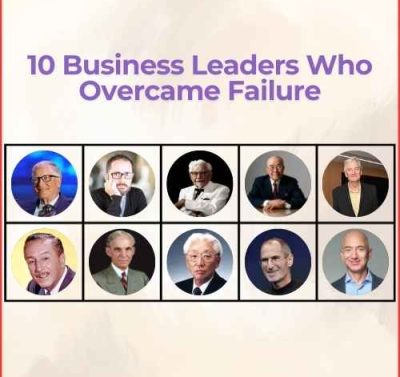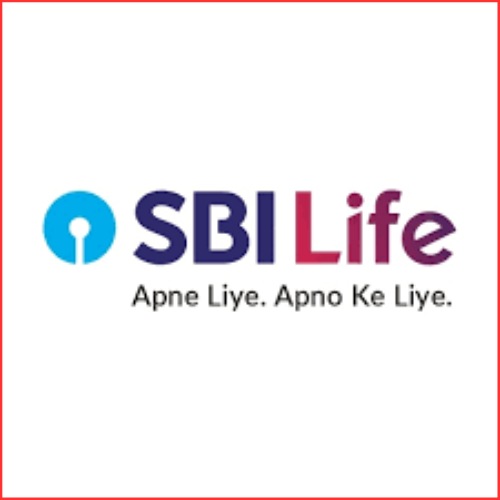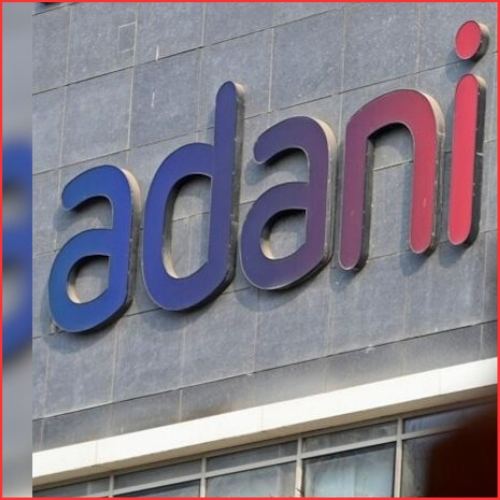According to the government, India now boasts the second-largest 5G network in the world thanks to the quickest 5G deployment, which saw 300,000 stations built up in only 10 months.
Looking ahead to 2023 and beyond, we envisage a linked world in ways that have never been imaginable. Our lives, our work, and our leisure are all being changed by 5G.
We should expect more bandwidth and quicker internet rates with 5G. This is anticipated to lead to a large rise in the number of linked devices that depend on quick, dependable data transmissions.
As 5G becomes accessible, a large rise in linked devices is anticipated.
Ashwini Vaishnaw, the communications minister, stated in a Koo post on Tuesday.“The world’s fastest 5G rollout continues, with over 3 lakh sites installed in 714 districts. World’s second largest 5G ecosystem.”
According to documents provided to Parliament, Bharti Airtel and Reliance Jio, two telecom service providers, jointly established the sites, which had 2.8 lakh users in July.
The Department of Telecom informed the Parliament last month that it was keeping an eye on the district-level rollout of 5G networks, noting that as of 7 July, 5G networks had been deployed in 717 different districts across the nation.
According to a statement made by state minister Devusinh Chauhan in the Rajya Sabha last month, the government has undertaken many efforts to hasten the installation of 5G networks across the nation.
According to him, the process for obtaining SACFA permission for low-power base transceiver stations (BTS) and tiny cells, such as Micro, Pico, and Femtocells, on already-existing street furniture and infrastructure has been streamlined.
The Indian Telegraph Right of Way (Amendment) Rules, 2022 outline the application process and time-bound approval requirements for using street furniture for the installation of small cells and telegraph lines.
The GatiShakti Sanchar platform, which offers a single interface between all stakeholders, including the Central and State/UT Government(s), Local authorities, and Service Providers, has also been launched to streamline and expedite Right of Way approvals.
The DoT has established an Inter-Ministerial Committee to oversee the adaptation of 5G use cases for various industries, he continued.
To make the most of the development in 5G technology, DoT has issued messages to many ministries, including the Ministries of Health, Sports, Agriculture, and Heavy Industries.
The application cases cover a range of socio-economic areas, such as e-governance, education, agriculture, health, electricity, urban planning, mining, logistics, and resource management















